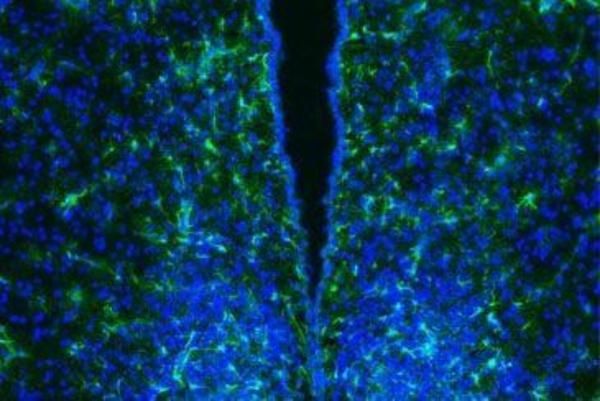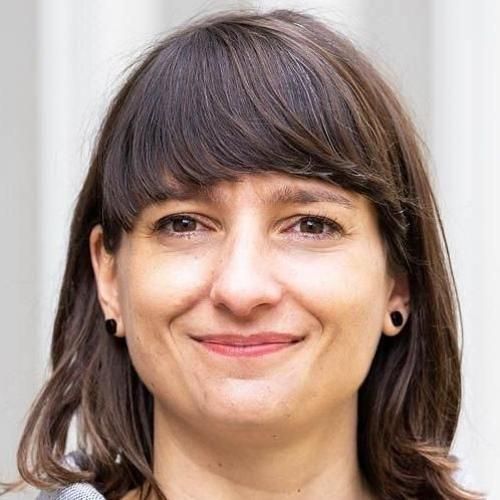Laboratory of Circadian Physiology of Neurons and Glia

Responsable: Mariana Astiz Cadenas
Centro (uo): Achucarro Basque Center for Neuroscience
Correo electrónico: mariana.astiz@achucarro.org
Página web: https://www.achucarro.org/es/laboratory/circadian-physiology-of-neurons-and-glia/
The circadian (24-h timing) system has the essential task of anticipating daily recurring changes in the environment and adapting our physiology to them. The master pacemaker in the hypothalamic suprachiasmatic nucleus (SCN), perceives environmental light and fine-tunes the daily synchronisation of the whole neuroendocrine system and, by that, daily activity, sleep, metabolism, stress responses, among others. The SCN develops during the perinatal period under the influence of signals that convey maternal perception of time, and prepare the newborn for the interaction with the environment after birth (Astiz and Oster, Front Neurosci., 2020). New evidence from our lab challenged the current view on the fetal clock -largely considered immature and non-functional during gestation- suggesting that it controls the diurnal sensitivity to maternal signals (such as Glucocorticoids) and determine how the neuroendocrine system is programmed and thus, offspring’s physiology later in life (Astiz et al., Nat. Commun, 2020; Demarez et al., Development, 2021). The aim of my lab is to answer a long-standing question in the field, when and how does the master pacemaker in the SCN start ticking (Astiz et al., Glia, 2021). With a combination of in vivo and in vitro approaches, we will understand which cells, signals and mechanisms are involved in the gradual development of this remarkable brain region. Our ultimate goal is to translate the experimental findings into the clinical setting, mainly in the context of premature birth.
Investigadores/as
Clasificaciones
- Centros (c): Achucarro Basque Center for Neuroscience



